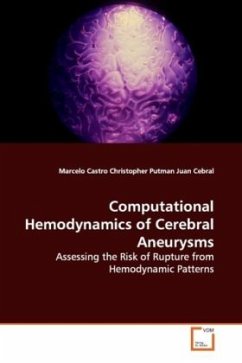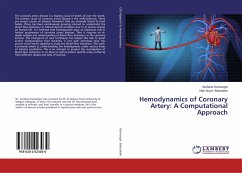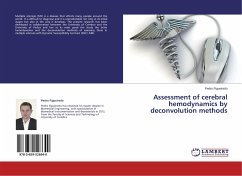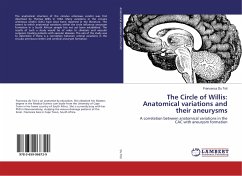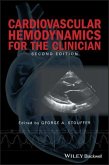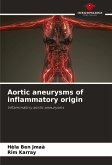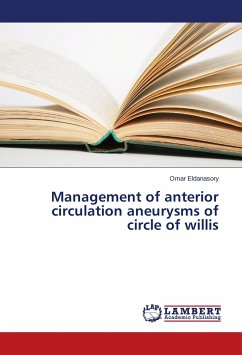Cerebral aneurysms are pathological dilatations of
the arterial wall frequently located near arterial
bifurcations in the circle of Willis. The most
serious consequence is their rupture and hemorrhage
into the subarachnoid space, with an associated high
mortality and morbidity rate. Greater availability
and improvement of neuroradiological techniques have
resulted in more frequent detection of unruptured
aneurysms. Because prognosis of subarachnoid
hemorrhage is still poor, preventive surgery is
increasingly considered as a therapeutic option. But
treatment risk is often comparable to the yearly
risk of rupture. Therefore, the best patient care
would be to treat only those patients who are likely
to rupture, which requires a better understanding of
the process of aneurysm formation, progression, and
rupture. Since to date there are no reliable non-
invasive technique for in vivo quantification of
aneurysmal flow patterns, we use our state of the
art computational tools for patient-specific
hemodynamic modeling. This book includes validation
and sensitivity studies as well as investigations of
possible associations between hemodynamics and
rupture.
the arterial wall frequently located near arterial
bifurcations in the circle of Willis. The most
serious consequence is their rupture and hemorrhage
into the subarachnoid space, with an associated high
mortality and morbidity rate. Greater availability
and improvement of neuroradiological techniques have
resulted in more frequent detection of unruptured
aneurysms. Because prognosis of subarachnoid
hemorrhage is still poor, preventive surgery is
increasingly considered as a therapeutic option. But
treatment risk is often comparable to the yearly
risk of rupture. Therefore, the best patient care
would be to treat only those patients who are likely
to rupture, which requires a better understanding of
the process of aneurysm formation, progression, and
rupture. Since to date there are no reliable non-
invasive technique for in vivo quantification of
aneurysmal flow patterns, we use our state of the
art computational tools for patient-specific
hemodynamic modeling. This book includes validation
and sensitivity studies as well as investigations of
possible associations between hemodynamics and
rupture.

